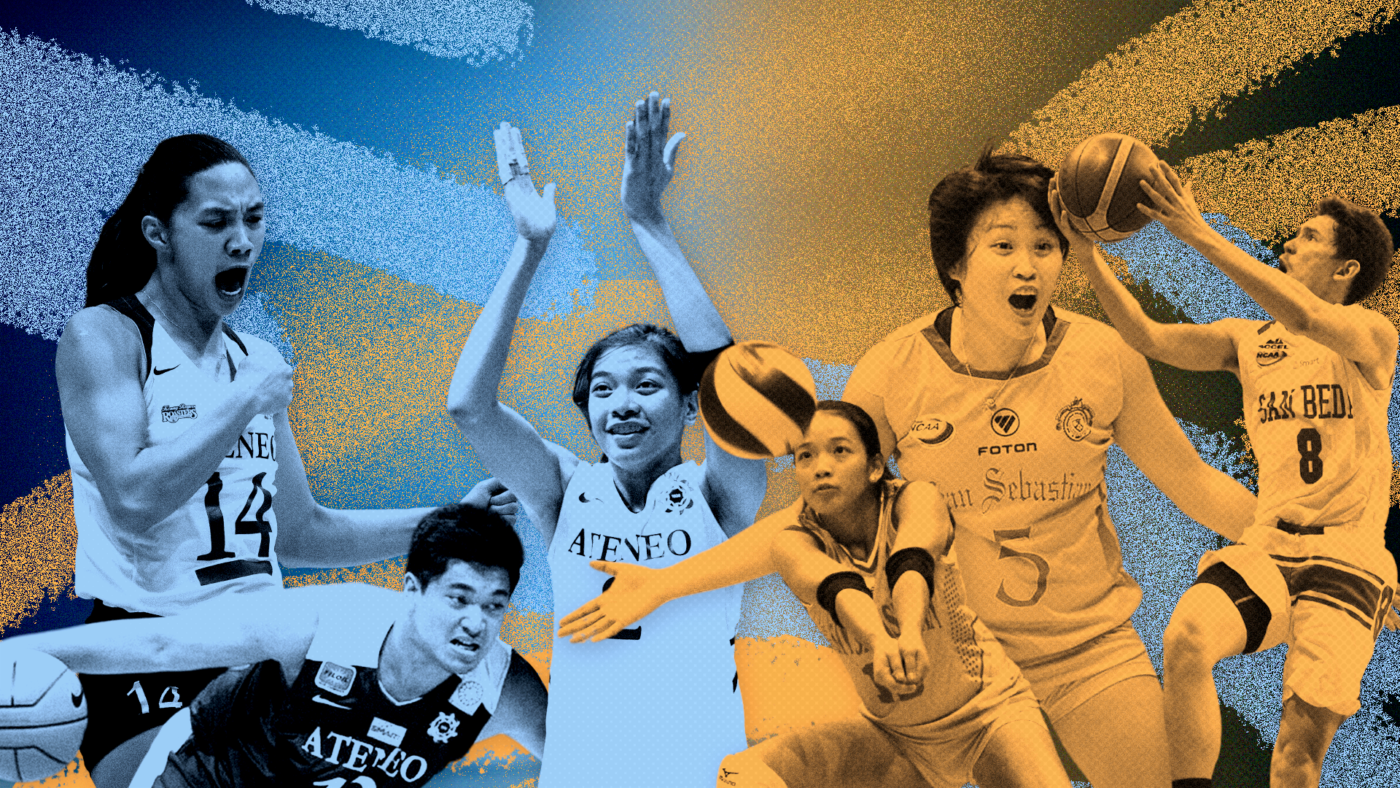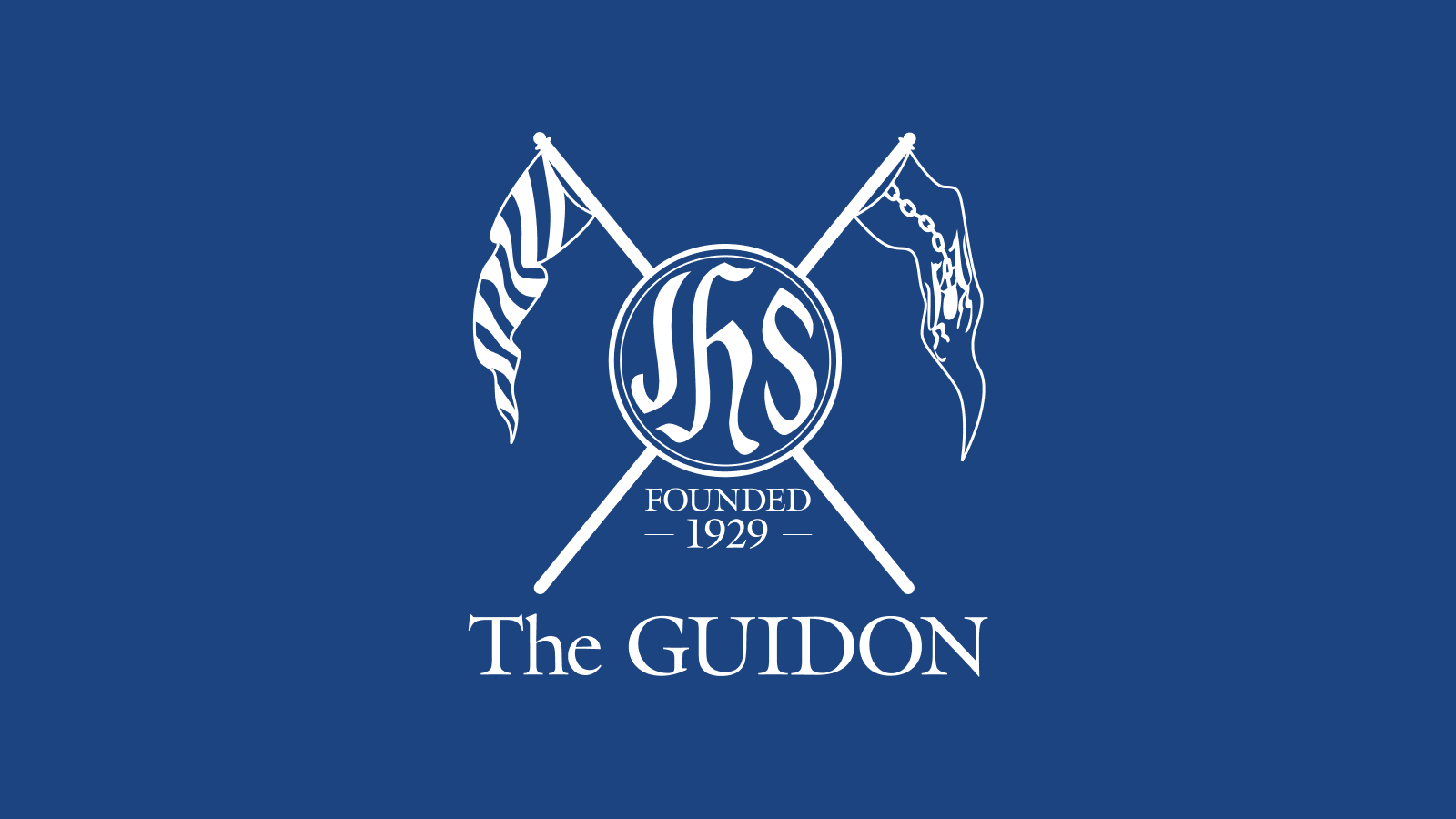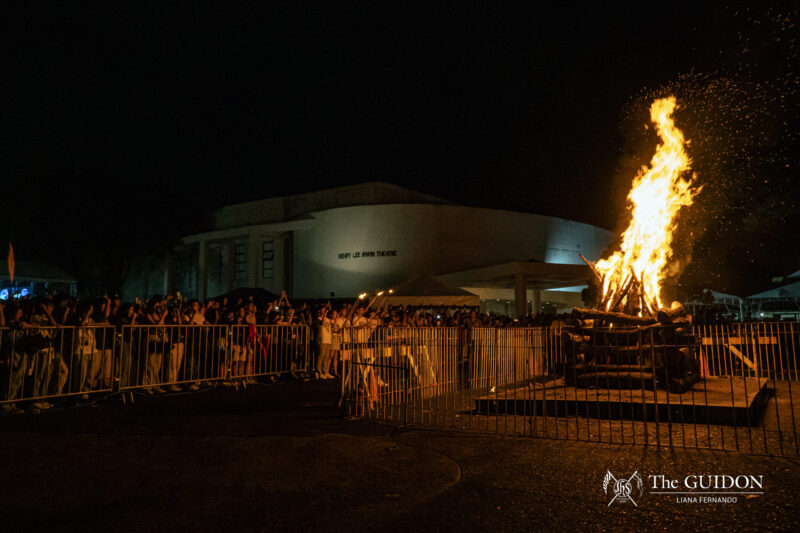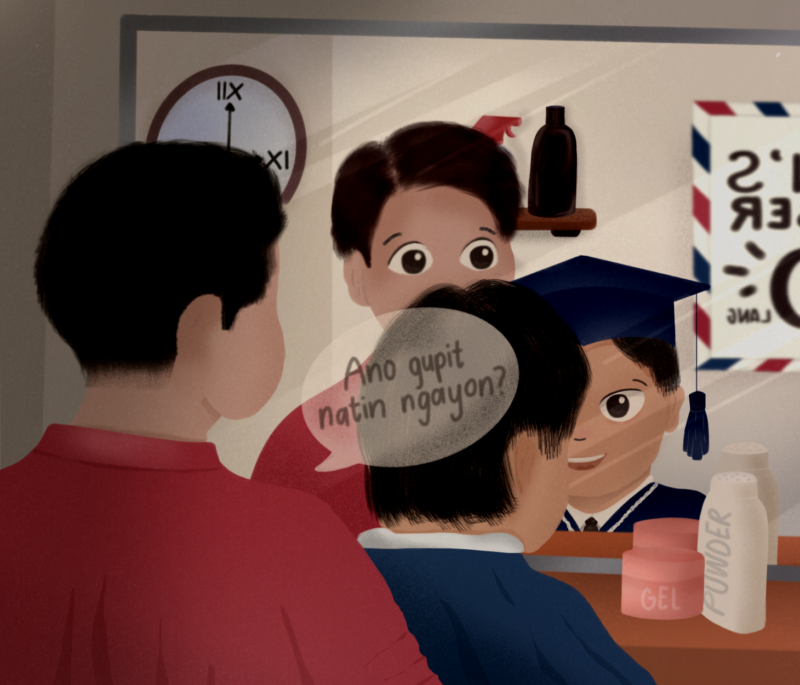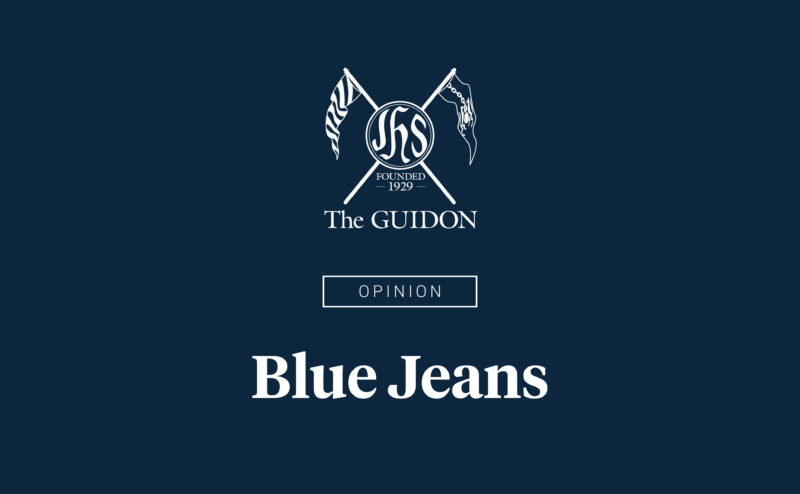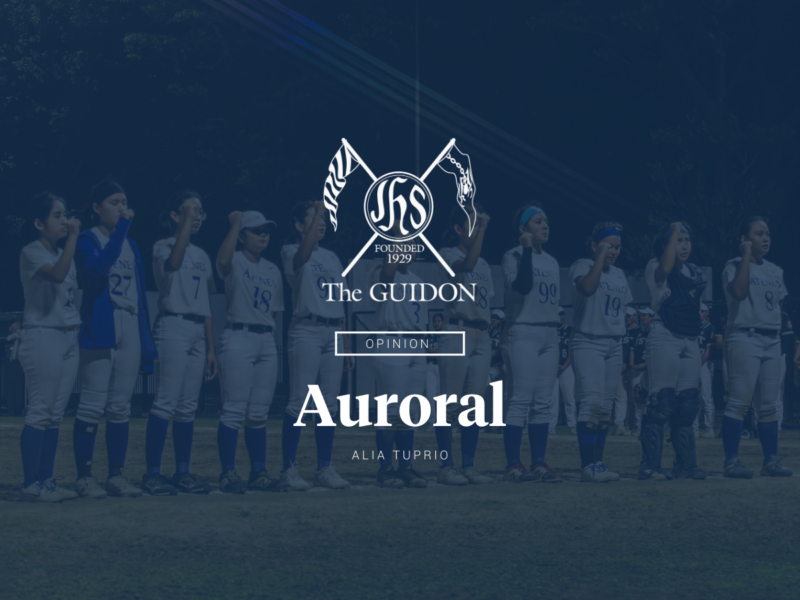THE UNIVERSITY Athletic Association of the Philippines (UAAP) is widely regarded as the premier collegiate league in the nation, drawing in an average of 1.3 million viewers to one of its biggest sports’ final games on TV5 alone. Unbeknownst to some, however, the landscape of Filipino collegiate sports owes much of its birth to another league: the National Collegiate Athletic Association (NCAA).
At one point, the history and prestige of UAAP teams such as the Ateneo were intrinsically linked to the NCAA, which began in 1924. This setup, however, is completely different from the reality today, with only one of the founding schools staying put while the rest have switched to the UAAP.
Amid intertwined histories and passions for sports, the feasibility of a hypothetical unification between the two leagues comes into question, especially as the NCAA approaches its 100th anniversary.
Reasons for the schism
Similar to most of the previous schools in the NCAA, Ateneo’s decision to depart the league in 1978 came mainly from the prevailing culture of violence and hostility at the time. The destination of these teams ended up being the NCAA’s rival league, the UAAP, marking the beginning of contention between the two biggest collegiate tournaments in the country.
With the existence of two separate leagues, each would thrive on its own: developing different rulesets, fan culture, and playstyles. An example would be the NCAA shying away from UAAP’s grasp by barring foreign players from its sports. Despite these differences, some individuals have suggested a league merger, recognizing the deep-seated desire by fans to see the best Filipino collegiate players compete against one another.
One of the most recent attempts was made by then-Samahang Basketbol ng Pilipinas President Manuel V. Pangilinan, who proposed a merger in 2007. Due to reasons like the lack of attention to other sports, this proposal was promptly rejected by then-UAAP President Fr. Ermito de Sagon and the other UAAP-member schools in 2008.
Stronger competition
Echoing the idea of incorporating other sports in the merger is Jenkins Mesina, former University of the Philippines (UP) Fighting Maroon and current assistant coach of the San Beda Red Lions. Mesina cites that other schools may face challenges in budgeting for other sports in the potential UAAP-NCAA union, emphasizing that the two leagues do not only involve basketball, volleyball, and football.
Nevertheless, the San Beda tactician assumed a more positive perspective on the said merger during the interview. “Ideally, ‘yun talaga ang pinaka-the best […] to know who’s the best college team not only in basketball but in different sports (Ideally, that is really the best way […] to know who’s the best college team in not only basketball but in different sports),” he shares.
Aside from addressing hypotheticals, Mesina believes that the merger would lead to better competition, resulting in the development and discovery of stronger national athletes. Supporting such an insight would be the success of off-season tournaments, such as the FilOil EcoOil Preseason Cup, the Ang Liga, and the Shakey’s Super League.
As teams face each other with their distinct playing styles, such matchups can intensify the competition, gaining the experience to bolster their repertoire. These advantages represent the potential benefits a merger can cause for the sake of competition and possibly the overall talent pool as well.
Feasibility today?
While the idea of a UAAP-NCAA merger may sound enticing, logistical considerations have prevented and will continue to prevent this hypothetical unification. When asked if any official engagements about a UAAP-NCAA merger had ever occurred, University Athletics Office (UAO) Director Emmanuel “Em” Fernandez, a UAAP member since 2003, denied any such interaction taking place formally or informally.
Shifting their focus to the logistics and business side of the equation, both Fernandez and Ateneo Athletics Coordinator Benjamin “Benjo” Afuang emphasize how the process for a hypothetical union is much more than a group of schools coming together. Fernandez notes that one of the main challenges arising with such a merger is the shared history and prior issues between both leagues, such as Ateneo’s departure from the NCAA.
Another problem is the difference between rules, such as player eligibility, as these will require rigorous discussions between the leagues to start the merger process.
With the athlete’s perspective in mind, Afuang further states that one concern is the incorporation of 18 teams within a single schedule. “Doon sa eight-team schedule natin [in the UAAP], ’pag dinagdagan mo pa ng maraming teams ‘yun and you have to play all the teams, kailan papasok [‘yung mga] students?” Afuang shares.
(In our eight-team schedule [in the UAAP], if you added a lot more teams and you have to play all the teams, when will [the] students go to school?)
Every single sport must be taken into account when undergoing this scheduling procedure, narrowing down how many schools would participate in each tournament and which athletes are eligible for each season is another hindrance to both organizations.
With these concerns in mind, the process needed for this hypothetical unification to succeed is evidently far from reachable in our current landscape. If a straightforward merger is not possible, one may wonder if an alternative is out there.
So, is it possible?
Thinking outside of a possible merger, both Ateneo officials also provided insights for ideal collaborations between the two leagues. In Fernandez’s opinion, the perfect scenario would be a league similar to the United States of America’s National Collegiate Athletic Association (US NCAA) wherein teams across the nation come together for a tournament while remaining in their own conferences.
However, the UAO director noted that the US NCAA is a governing body over multiple leagues, which is why they can hold such a tournament—something that the Philippines does not currently have.
Connecting this to the country’s sporting landscape, Afuang mentioned the Philippine Collegiate Champions League (PCCL) having a format similar to the US NCAA. The Athletics Coordinator believed that the PCCL was a noble effort, although it suffered from a lower competition level due to the tournament taking place after both leagues ended. Afuang also pointed out that these tournaments were only for basketball, emphasizing that every sport has to be considered and not left out.
Without a doubt, a fusion between the two leagues can be exciting for UAAP and NCAA fans, allowing them to witness classic matchups such as the San Beda Red Lions and Ateneo Blue Eagles rivalry. However, executing such a feat proves troublesome, with cumbersome challenges across various dimensions posing difficulties for achieving the merger.
While the NCAA approaches its 100th anniversary, the prospect of merging the two biggest leagues of Philippine collegiate sports does not appear to be happening anytime soon. Nevertheless, such a merger holds the potential to not only see the greatest athletes come face-to-face, but also to form stronger national talents through friendly competition. Ignited by fans’ deep-seated passion for sports, the idea will continue to echo in online discourse and casual discussions—an enticing “what if” bubbling underneath the surface.

